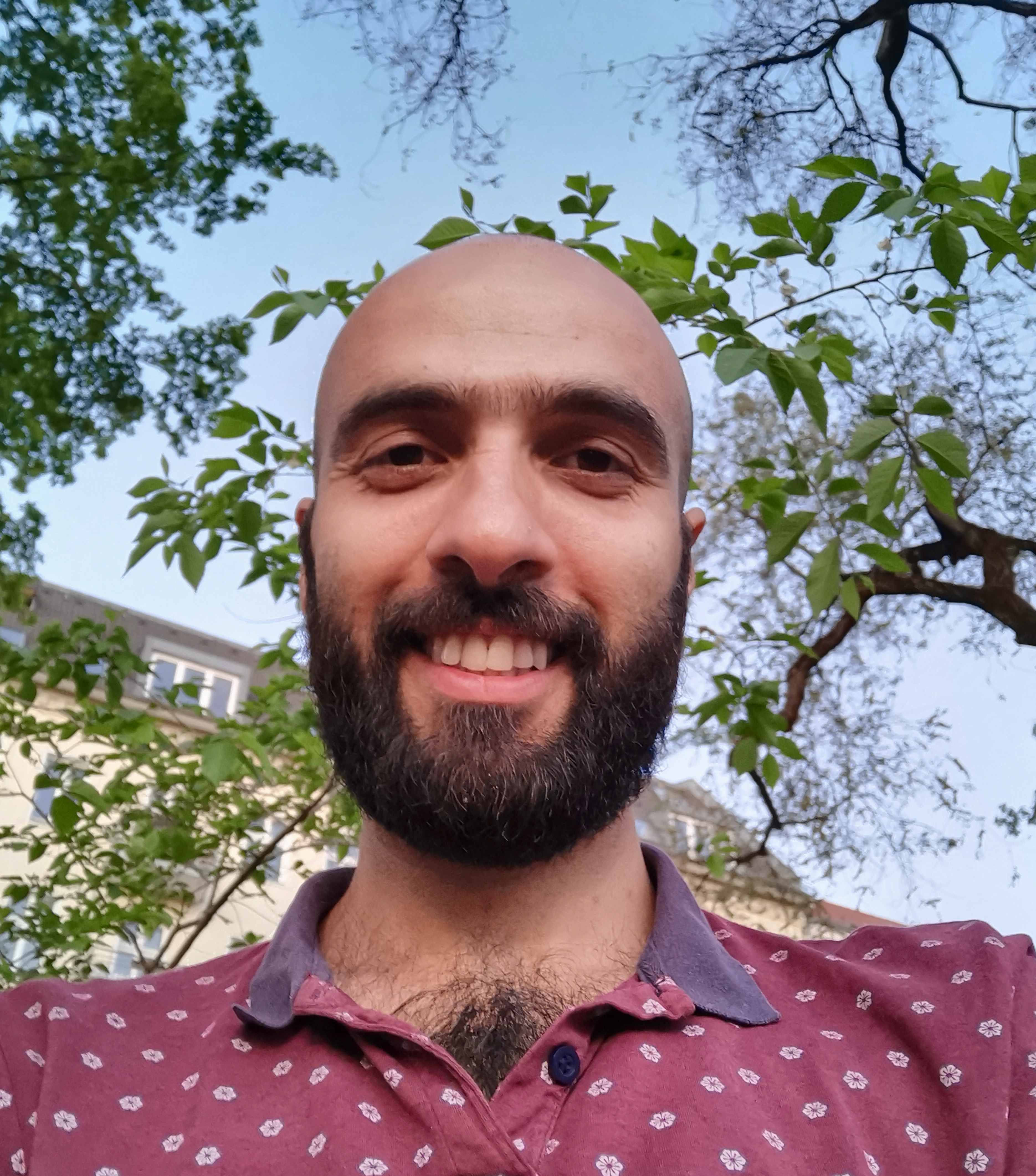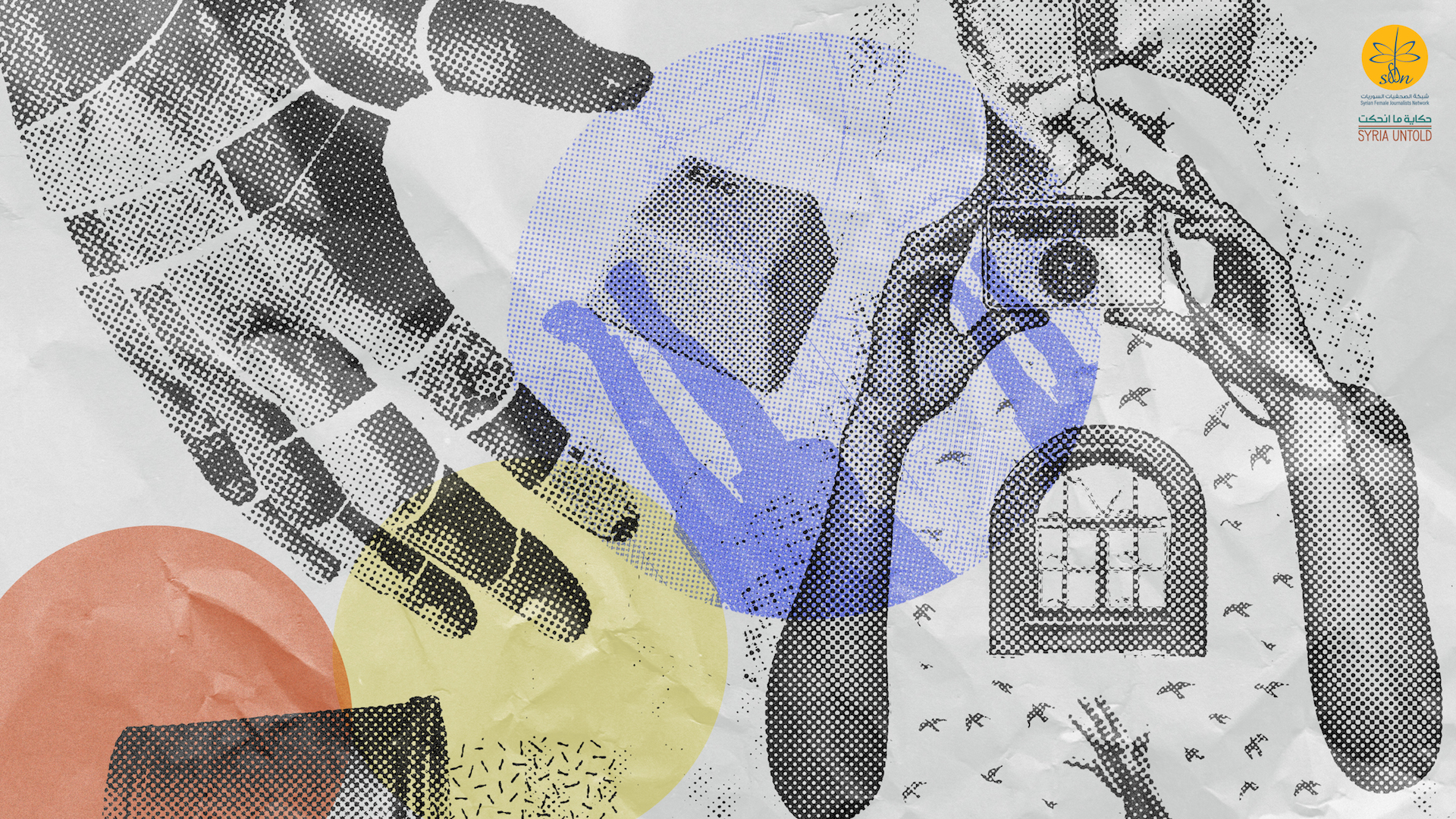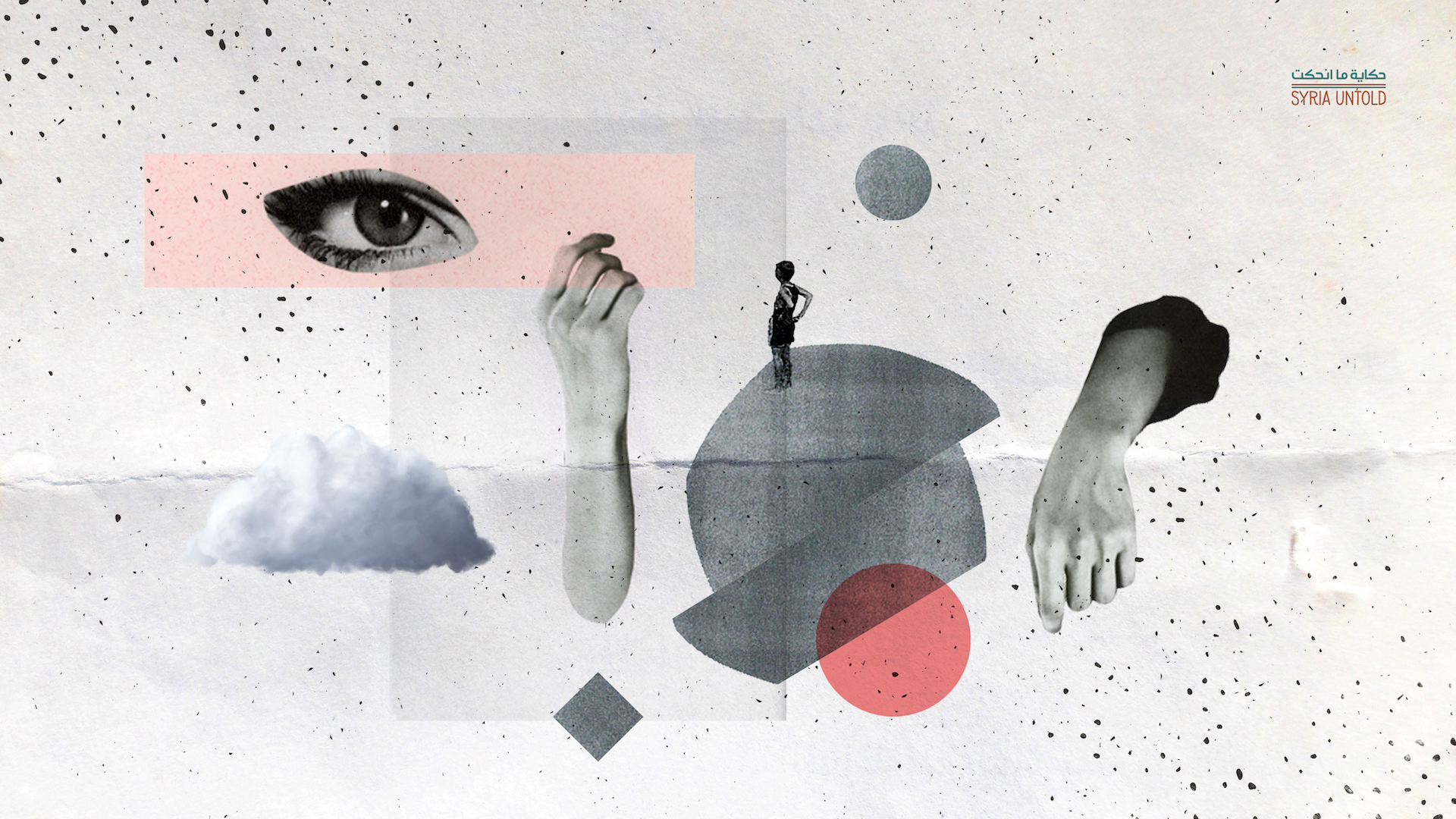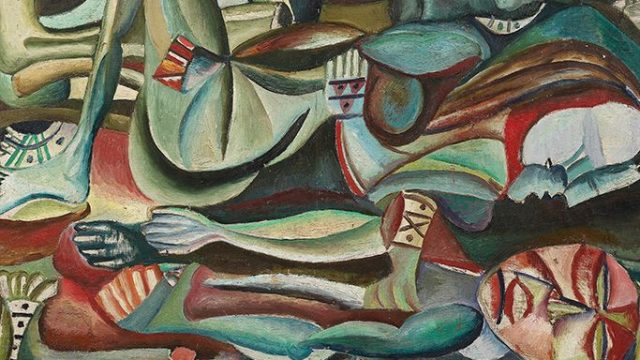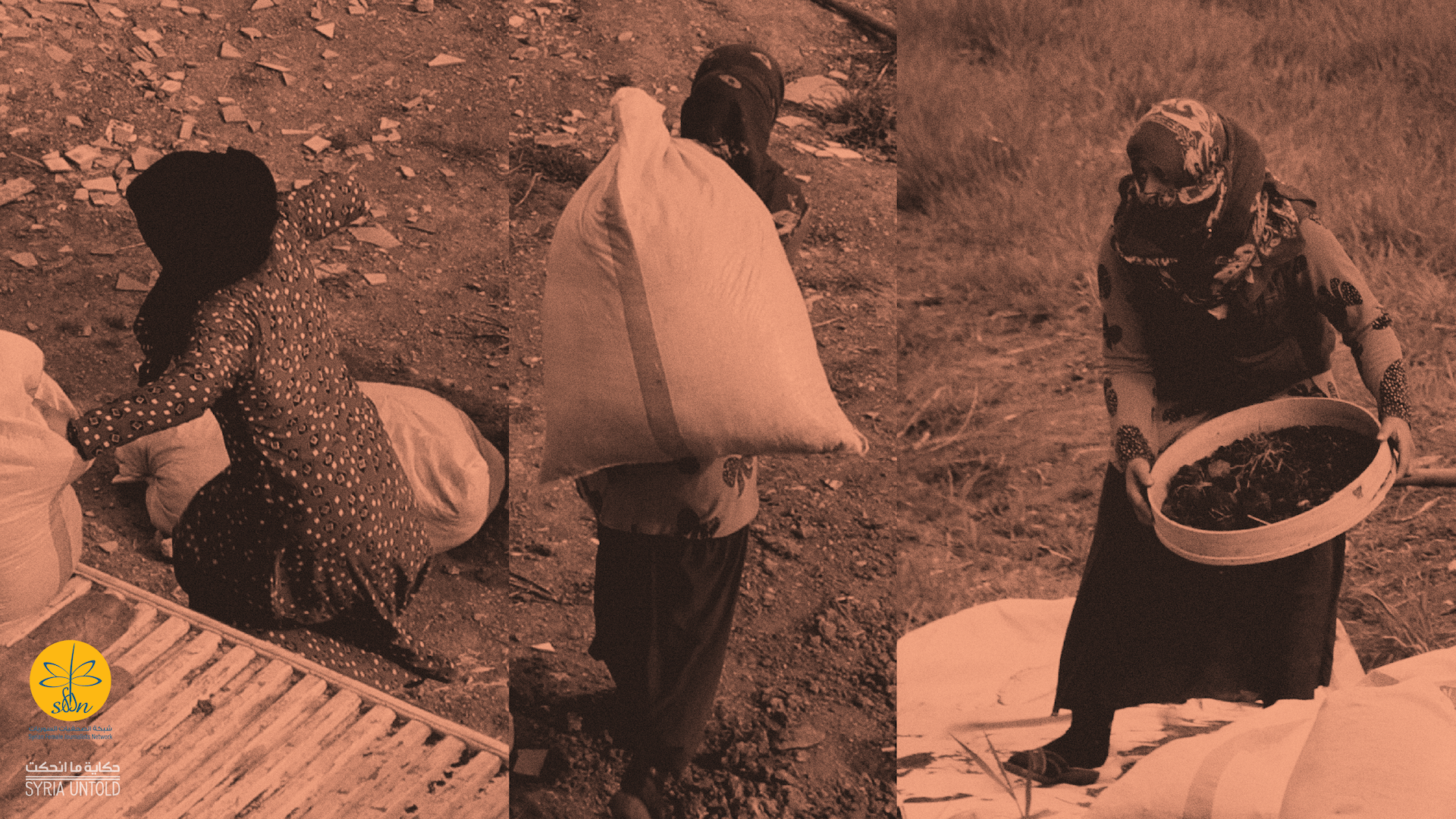Almost a decade into the Syrian revolution and the ensuing conflict, Syria’s public sphere still suffers from a lack of writing, documentation and earnest archival and political work on gay, lesbian, bisexual, transgender, intersex, and queer issues (LGBTIQ); what we refer to in Middle Eastern and North African queer civil society circles with the Arabic acronym ميم - عين/Meem-Ain.
Since the beginning of the uprisings, many organizations and civil society initiatives started the unprecedented project of building new Syrian archives and revising the Syrian history we were force-fed in Assad’s schools, streets, radios, on TV screens, and in newspapers, books and universities.
My childhood friend, now a ghost
18 September 2020
Still, issues relating to gender, sex, sexuality, and desire remain peripheral and almost completely erased from the project of remembering the Syrian past differently and building a more inclusive archive. Conversely, by looking at knowledge production about the present, the contemporary and the "now," it seems that the present does not belong to Syrian LGBTIQ communities. Attempts at sharing queer political opinions, critiquing current politics from an LGBTIQ perspective, celebrating small successes, announcing one’s sexual or gender identity or writing about lived experiences as LGBTIQ Syrians, sharing a rainbow flag on social media, or even publicly mourning the death of a queer person are often faced with the harshest, most exclusionary rhetoric and responses: your place is not here; your time is not now. And since LGBTIQ Syrians are imagined neither as part of the alternative archives of the past nor of writing about the present, it is only logical for us to dream, hope and expect to have a place in the future.
But a quick overview of the narratives and analyses that imagine a “future” Syria immediately reveals the following problem: not only do these narratives fail to take LGBTIQ issues into account, but they are also unable (or not ready?) to deconstruct everything we were taught about sex, gender and sexuality as important social phenomena. They don’t re-imagine sexual and gender rights and discourses as issues that are relevant for all members of society, regardless of their political, religious, class, ethnic and linguistic affiliations.
If we take this preliminary diagnosis as our starting point of dialogue, one could ask: how are we to prioritize gender and sexuality within the current political, social, and cultural agendas—not just as late addendums or “new” phenomena, but as part and parcel of Syrian history before, during and after the revolution and the ongoing conflict? How would an alternative Syrian archive look if it considered the experiences, stories, opinions, analyses and approaches of LGBTIQ Syrians in Syria and the diaspora? How are we to approach the present in ways that allow LGBTIQ communities, which are still considered “non-traditional,” “non-normative” and “outside of the dominant binaries,” to be constitutive of the ways we imagine a future Syria?
We hope that this file itself becomes a “right” time and space to revisit and re-center gender and sexual freedoms.
As members of different Syrian LGBTIQ communities, we will shed light on these questions through a series of short articles—some personal, some analytical, and others a mix of both. However, what threads through all these contributions is that they emerge out of an undoubtedly Syrian context. They veer away from the hegemonic Western “victimhood” frameworks of storytelling that oftentimes erase the contextual particularities of our experiences. By doing this, we impose our selves, stories, opinions, analyses, pain and hopes—which sometimes intersect and sometimes diverge—onto the normative oral histories, political analyses and rights discourses that dominate the Syrian public sphere.
Death notices and black market oxygen tanks: COVID-19 in Damascus
10 September 2020
Women seek refuge from society in a northeastern Syrian village, no men allowed
07 July 2020
Since language is fundamental to the discourses on gender and sexuality, our contributors employ a variety of words and terms in their writing. Some use the Arabic equivalent of “homosexuality” (mithliyya). Others use the recently mainstreamed Arabic equivalent of “transgender” (oboor jandari) to speak about those who do not identify with or belong to the enforced heteronormative gender binary: male-female; man-woman, or to the roles and gender expressions associated with it.
Some contributors also reclaim words like “shazz/a,” “tant” and “suhaqiyya”—all pejorative homophobic and transphobic terms common in Syria—in order to challenge their violent connotations and empty them of their capacity to hurt.
Others opt for the Arabized form of “queer” as a term that generally refers to anyone whose gender expression, body, or gender and sexual identity fall outside the oppressive gender binary and norms of heterosexuality. But they use also “queer” as a critical tool to deconstruct “revolutionary” discourses and other dominant societal narratives built on binary oppositions: man-woman; revolutionary-loyalist; natural-unnatural.
Writing about gender, sex and Syrian LGBTIQ issues might seem at odds with the hardship now afflicting Syria. We might even be accused of focusing away from what “really” matters. A quick glimpse at years of knowledge production in and on Syria shows that LGBTIQ and gender issues, as well as sexual freedoms, have continuously been relegated to the bottom of the priorities that are seen to “matter” to the different conflicting parties.
The reasoning behind this tendency is often that the “right time” for such issues has not come yet. And yet it seems that the time has come for a large number of other issues which were not faced with the same “priorities” rhetoric that dominates the Syrian context.
With our keen awareness that this imagined “right time” may never come, we hope that this file adds to a growing body of knowledge production on and by Syrian LGBTIQ communities tackling marginalized issues. We also hope that this file itself becomes a “right” time and space to revisit and re-center gender and sexual freedoms. These issues are not marginal, but rather essential within social, cultural, political, economic and health spheres; they are relevant not only for Syrian LGBTIQs, but for a future Syria and the entirety of its population.


